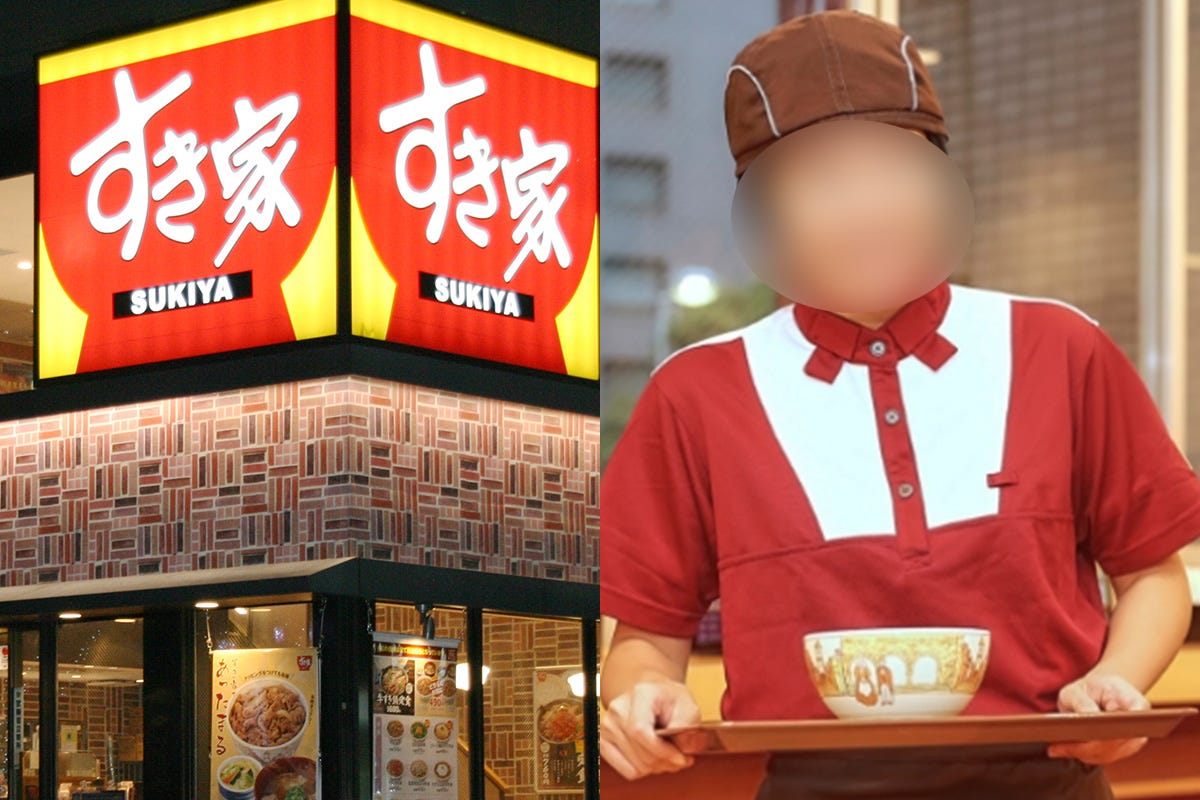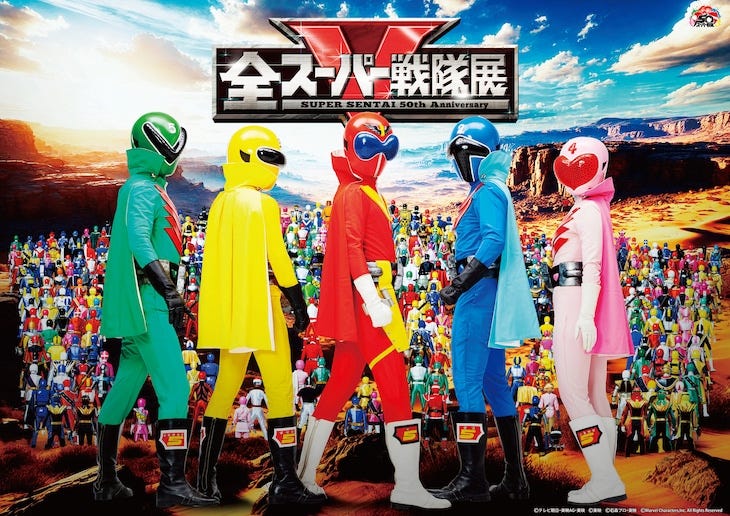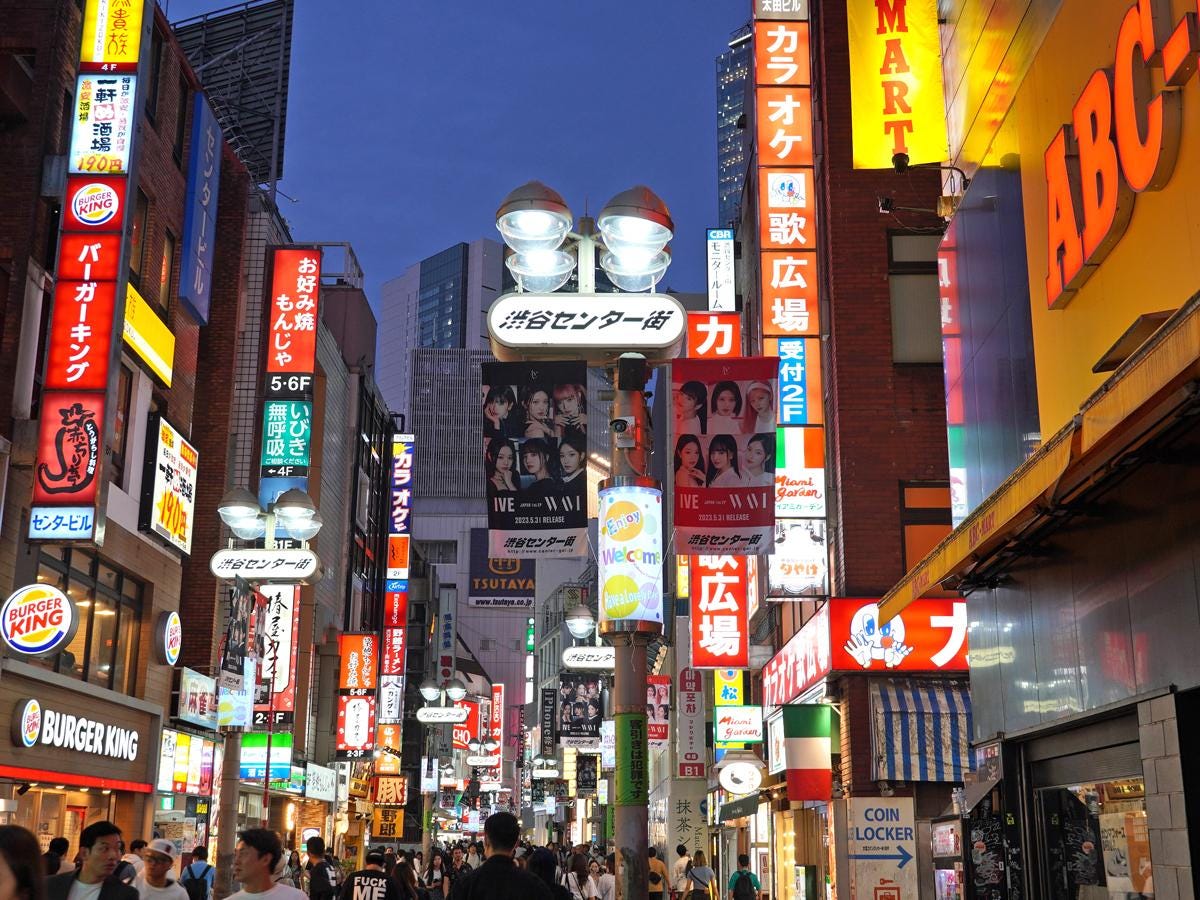TokyoScope News: Deep-State Miso Soup, Super Sentai, and Surveillance Tech - Where Anxiety Meets Pop Culture in Japan
A round up of recent Japanese pop culture headlines edited by Patrick Macias
Japan’s Rat Scandal at a Beef Bowl Chain Is Feeding a Surge in Conspiracy Theories
Sukiya, one of Japan’s biggest beef bowl chains, recently got hit with a wave of bad publicity after customers reported finding a rat and a cockroach in their meals. In response, some of the affected stores temporarily shut down, and Sukiya launched an internal investigation. They found that these weren’t cases of sabotage, but rather the result of structural issues—like cracked refrigerator seals—that let pests in. Still, that didn’t stop the internet from jumping to conclusions.
Almost immediately, social media exploded with conspiracy theories. One of the most viral ideas? That Sukiya was targeted because it exclusively uses Japanese-grown rice, unlike competitors who mix in cheaper imported rice. Some posts even claimed that this was a hit job by a shadowy "deep state" or foreign agents trying to damage a proudly domestic brand. Others pointed out that a spoon (instead of chopsticks) was used in a viral photo of miso soup with a bug in it—interpreted as a suspicious, foreign “tell.” That single post racked up over 20 million views.
Sukiya didn’t just sit back. They released a detailed report, explaining their findings and promising to step up hygiene checks across all locations. But even with facts out there, the theories continued to spiral. Why? Because these narratives tap into deeper fears—especially around rising food prices and national self-sufficiency. The recent spike in rice prices, now dubbed the “Reiwa Rice Riots” online, has already made people sensitive to anything that threatens stable food supply.
This isn’t just about Sukiya. It’s about the times we’re living in. When people are anxious—about inflation, job security, or social change—they’re more likely to believe that powerful forces are working behind the scenes. A framework by author Jesse Walker breaks conspiracy theories into five types, like "Enemies from Outside" or "Enemies from Within." The Sukiya rumors fit the “outside enemy” mold perfectly: a fear that some foreign agent is sneaking in and messing with Japanese daily life.
Historically, this kind of thing has happened before. After the Great Kanto Earthquake in 1923, wild rumors spread that certain ethnic groups were poisoning wells, leading to mass panic and even violence. Sociologist Osamu Hiroi calls these “submerged rumors”—old fears that bubble up during times of stress. Anthropologist Ghassan Hage has a similar idea: as the middle class feels more pressure, they retreat into “paranoid nationalism,” seeing threats everywhere and trusting less.
So while the idea that someone is sabotaging miso soup with rats may sound ridiculous, it’s a sign of something real: growing public stress. And instead of just debunking the theories, it’s more useful to ask why people are so ready to believe them. Whether it’s rising prices, cultural insecurity, or economic frustration—those are the real problems hiding behind the headlines.
Ones to Grow On
The Sukiya scandal is a mirror for Japan’s growing public anxiety.
With inflation on the rise and daily life feeling more uncertain, even a pest sighting can trigger waves of paranoia and distrust.Food isn’t just food—it’s national identity.
Sukiya’s exclusive use of Japanese rice turned a hygiene issue into a symbol of self-reliance, stoking cultural and nationalist sensitivities.The speed of viral misinformation is outpacing official narratives.
Despite clear findings from Sukiya, conspiracy theories continued to thrive—highlighting how deeply online narratives can shape public opinion in Japan.
Japan’s Super Sentai Legacy Hits the Spotlight in a Major New Exhibition
The largest exhibition in Super Sentai history, titled “Zen Super Sentai Ten” (All Super Sentai Exhibition), will be held starting August 9 at Tokyo Dome City’s Prism Hall. Following its Tokyo debut, the exhibition will tour other cities across Japan.
This event celebrates over 45 years of Super Sentai history, dating back to 1975’s Himitsu Sentai Gorenger. Approximately 500 items will be on display, including original costumes, props, and behind-the-scenes materials used throughout the series. Visitors will be able to explore how the Super Sentai universe has evolved over the decades.
In addition to the exhibits, there will be photo spots, exclusive merchandise, and special content aimed at both longtime fans and newcomers alike. Advance tickets will be available from May 10, with more information to be released on the event's official website.
Shibuya Cracks Down on Street Drinking with Help from Tech Giants and AI Startups
NTT East Japan — a major regional telecom provider and part of the larger NTT Group — has joined a new push to tackle public drinking in Shibuya. The initiative, called the "Street Drinking Countermeasure Project," is a joint effort between Shibuya Ward and private companies like NTT East and Tokyu Corporation. It’s part of the “Shibuya Startup Deck” — a broader smart city program aimed at making the area around Shibuya Station cleaner, safer, and more livable using cutting-edge tech.
Street drinking has been a growing issue around Shibuya Station, especially during big events like Halloween, where massive crowds tend to gather and party in public. In response, Shibuya Ward extended its ban on drinking in the streets to apply year-round starting last October, and the no-drinking zones were expanded too. Even so, it’s been hard to fully control — patrols and warnings haven’t been enough.
That’s where tech comes in. The project brought on two Japanese startups to help with monitoring. One is Azira, based in Machida, which makes behavior-recognition security systems. The other is VIE from Kamakura, which builds AI that mimics how the human brain processes information. Both will be using their systems to help identify loitering, large groups, and other “unusual” activity linked to public drinking.
NTT East Japan will install smart surveillance tools on streetlights in hotspots for street drinking. Using cloud-based cameras and AI, they’ll automatically flag large gatherings and behaviors that could signal trouble. One of the tools, called “MIMAMORI AI,” can even recognize skeletal posture to spot loitering or other suspicious actions. The goal is to give patrol teams better info so they can respond more efficiently.
The current pilot is set to run through the end of May — just in time for early summer events.
Ones to Grow On
Japan’s Smart City Testbed: Shibuya is becoming a kind of showcase for how Japan might integrate advanced tech into everyday urban life — from cameras to neuro-inspired AI.
More Eyes in Public Spaces: As AI surveillance expands, Tokyo residents might need to get used to being watched more closely — even if they’re not doing anything wrong.
Privacy Trade-Offs: Skeletal recognition and behavior analysis may sound high-tech, but they raise real concerns about who’s watching, how data is used, and what counts as “abnormal.”
A Glimpse at Japan’s Future Cities: This project might be just the beginning — if it works well, you could see similar surveillance setups popping up across Japan.









